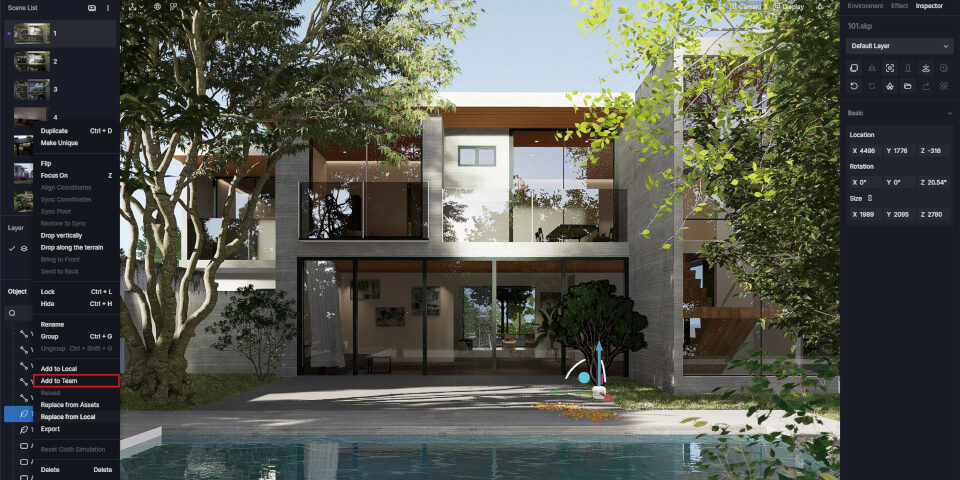Top Trends in Architectural Rendering for 2024


Architectural rendering is continuously evolving, driven by advancements in technology and changing design trends. As we move into 2024, several new trends are emerging that are set to shape the future of architectural visualization. This article explores the top trends in architectural rendering that architects and designers should watch out for this year.
Real-Time Rendering
One of the most significant trends in 2024 is the rise of real-time rendering. This technology allows architects to make instantaneous changes to their designs and see the results in real-time. Tools like Unreal Engine and Unity are becoming increasingly popular for their ability to create interactive and immersive experiences, making client presentations more dynamic and engaging.
Virtual Reality (VR) and Augmented Reality (AR)
VR and AR technologies are transforming the way architectural designs are presented. With VR, clients can take virtual tours of their future spaces, gaining a deeper understanding of the design. AR, on the other hand, allows for the overlay of digital models onto real-world environments, providing a more interactive and engaging experience.
Artificial Intelligence (AI) in Rendering
AI is playing an increasingly important role in architectural rendering. AI-powered tools can automate repetitive tasks, such as texture mapping and lighting adjustments, allowing architects to focus on creativity and design. AI algorithms can also enhance realism in renderings by predicting how materials will behave under different conditions.
Photorealistic Renderings
The demand for photorealistic renderings continues to grow. Clients expect high-quality visuals that accurately depict the final outcome of a project. Advances in rendering software and hardware are making it possible to create renderings that are indistinguishable from real photographs, enhancing the overall client experience.
Sustainable Design Visualization
As sustainability becomes a key focus in architecture, there is a growing demand for renderings that showcase eco-friendly designs. This includes visualizing green roofs, solar panels, and other sustainable features. Architects are using renderings to highlight the environmental benefits of their designs and promote sustainable practices.
Integration of BIM and Rendering
Building Information Modeling (BIM) is increasingly being integrated with rendering tools. This integration allows for a seamless transition from design to visualization, streamlining the workflow and improving accuracy. BIM models can be directly imported into rendering software, reducing the need for manual adjustments and ensuring consistency.
Conclusion
The architectural rendering industry is rapidly evolving, driven by technological advancements and changing client expectations. Real-time rendering, VR/AR, AI, photorealistic renderings, sustainable design visualization, and BIM integration are some of the top trends shaping the industry in 2024. By staying abreast of these trends, architects and designers can enhance their presentations, improve client communication, and deliver more impactful designs.